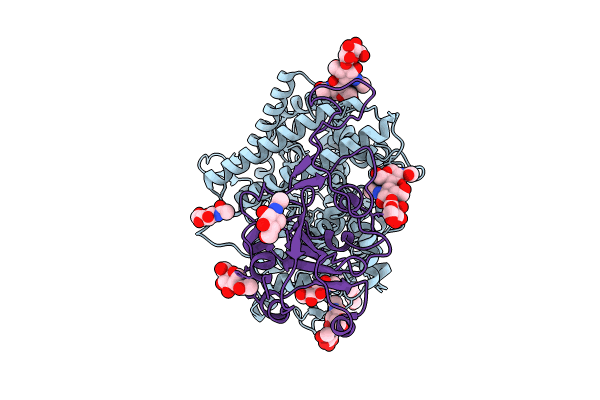
Deposition Date
2023-10-09
Release Date
2024-07-03
Last Version Date
2025-07-16
Entry Detail
PDB ID:
8WP8
Keywords:
Title:
Cryo-EM structure of SARS-CoV-2 Omicron BA.2.86 RBD in complex with human ACE2
Biological Source:
Source Organism:
Homo sapiens (Taxon ID: 9606)
Severe acute respiratory syndrome coronavirus 2 (Taxon ID: 2697049)
Severe acute respiratory syndrome coronavirus 2 (Taxon ID: 2697049)
Host Organism:
Method Details:
Experimental Method:
Resolution:
2.89 Å
Aggregation State:
PARTICLE
Reconstruction Method:
SINGLE PARTICLE


